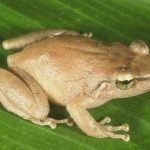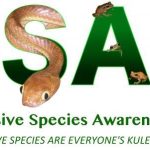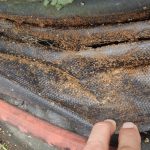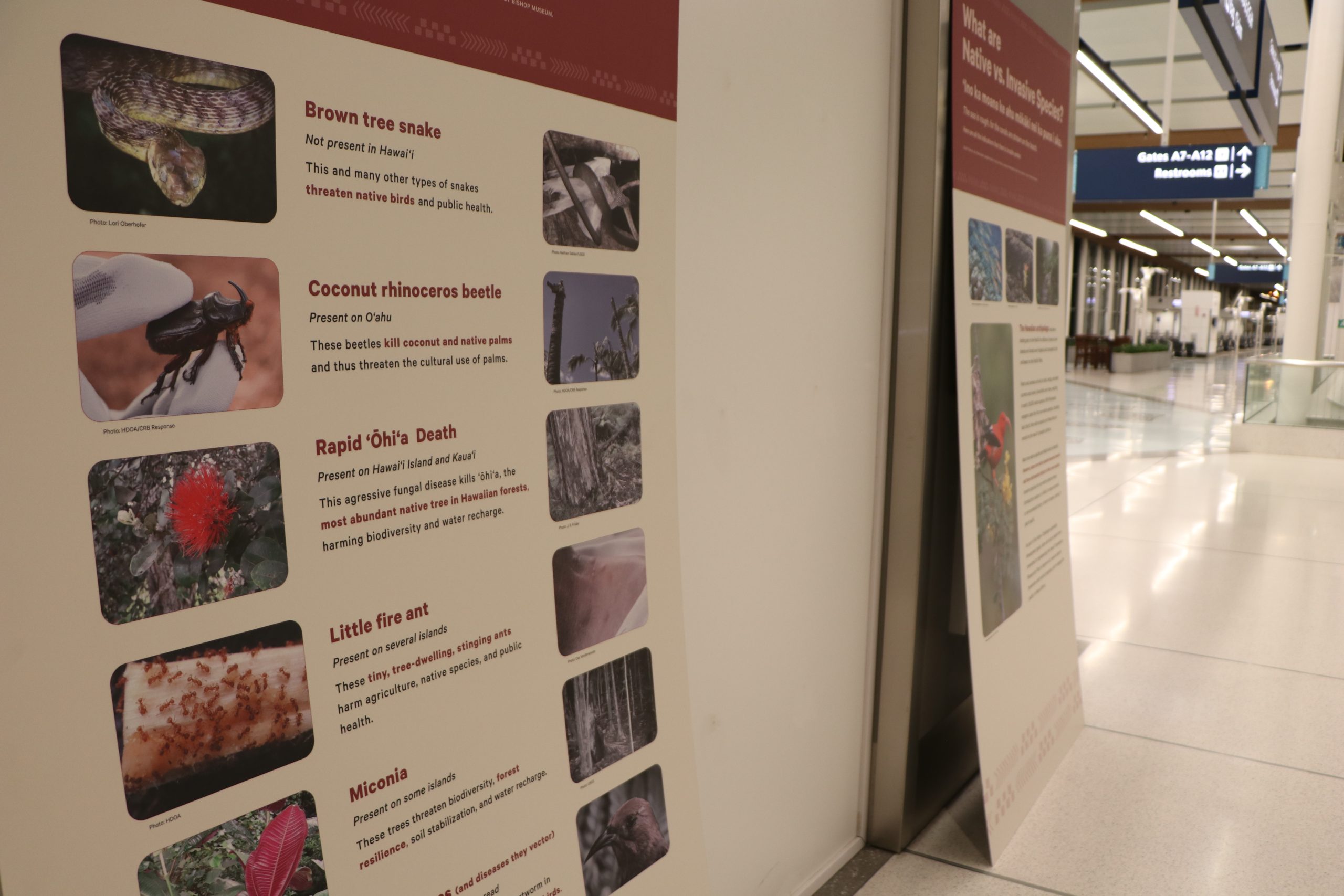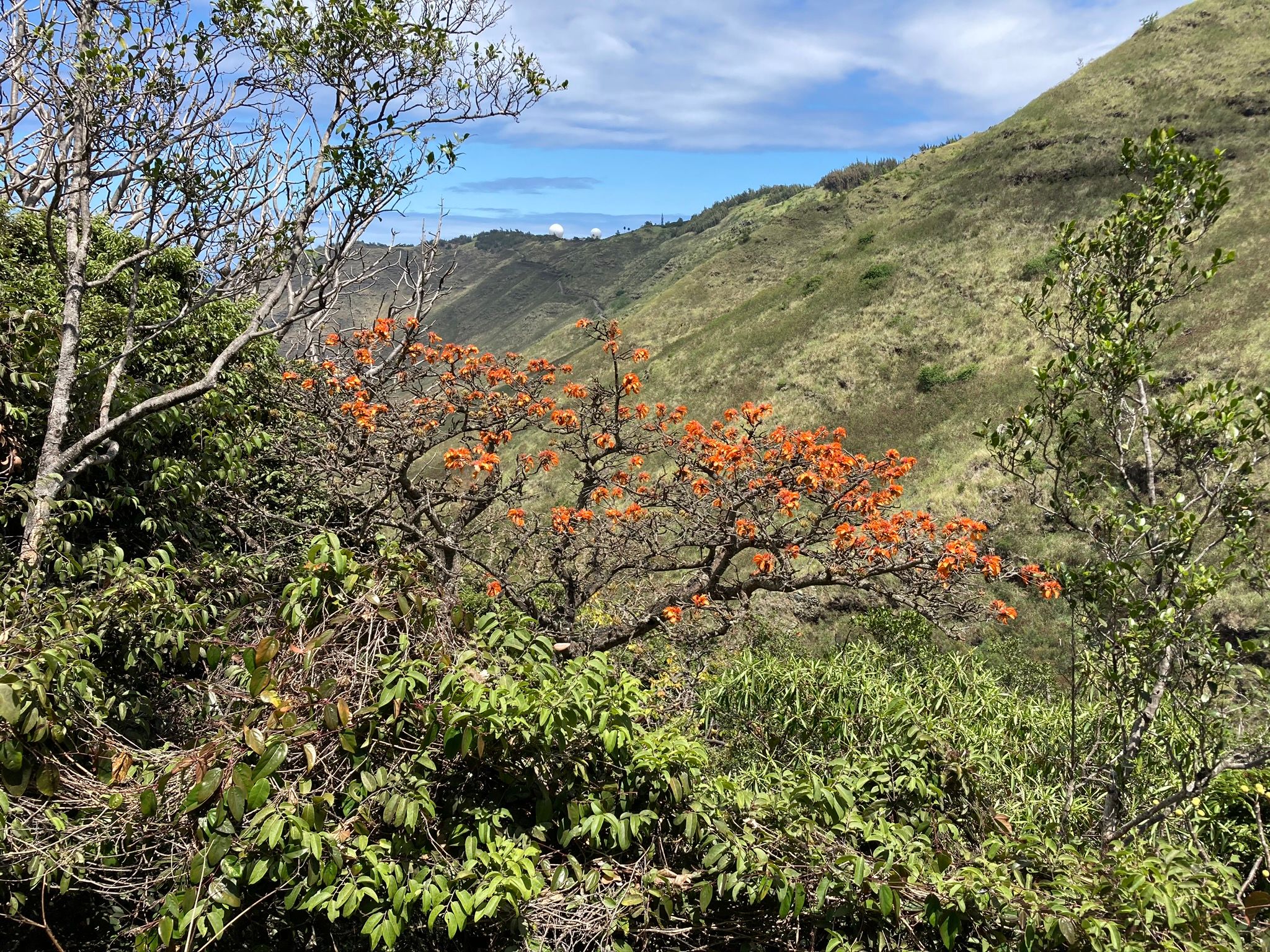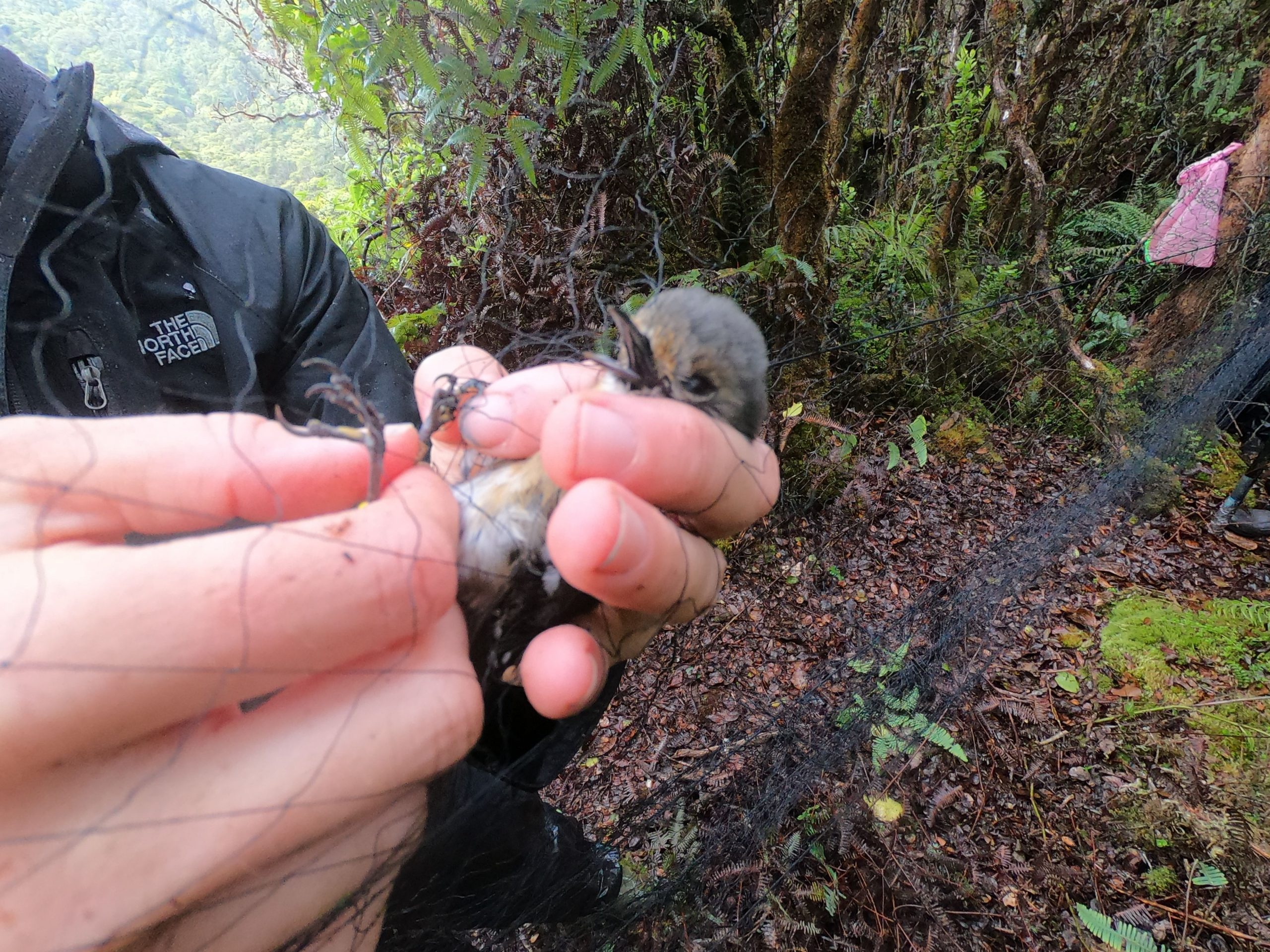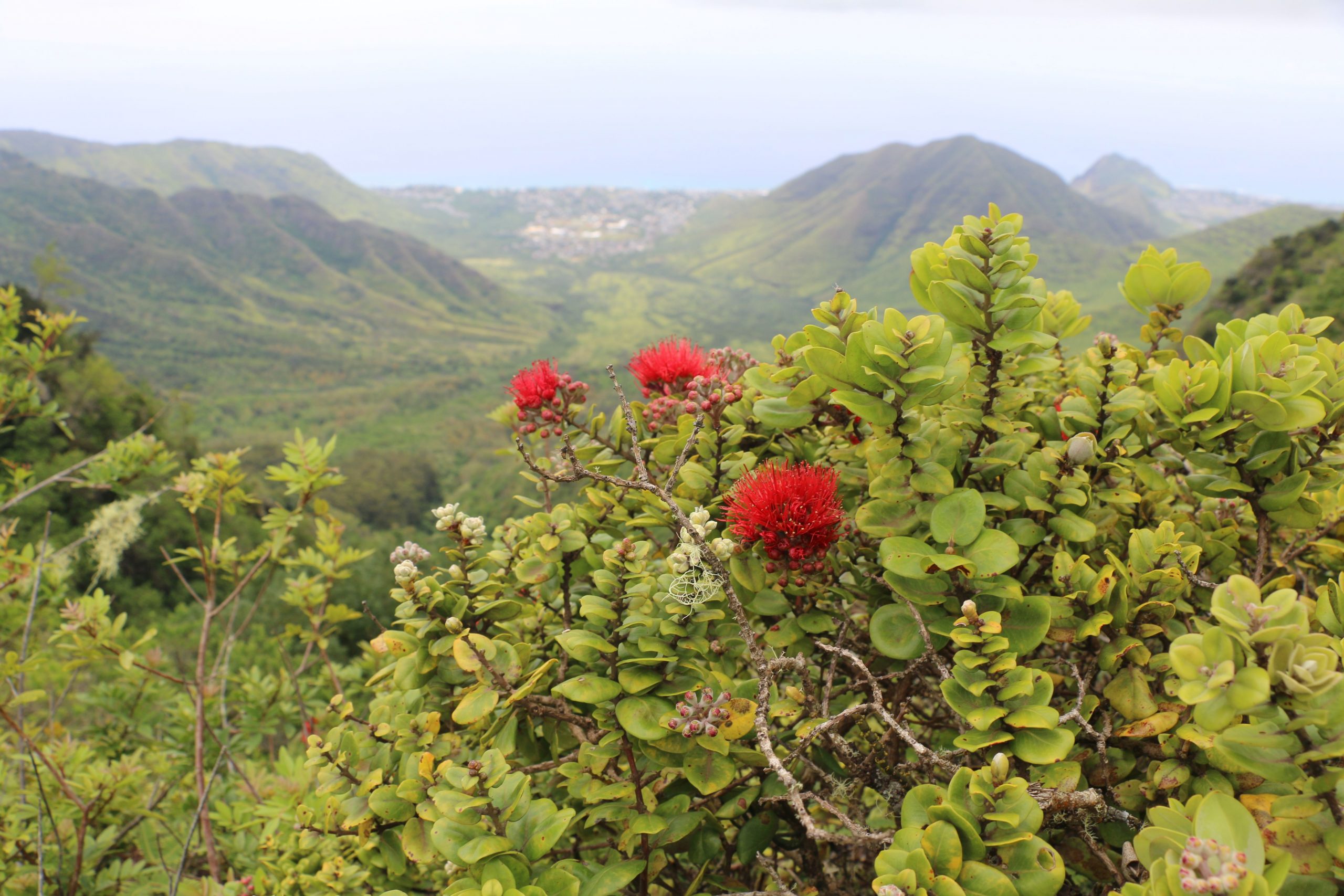JOSH GREEN, M.D. GOVERNOR DAWN CHANG CHAIRPERSON FOR IMMEDIATE RELEASE October 1, 2024 OCTOBER IS “STOP THE ANT MONTH” Hawaiʻi residents can help stop the spread of invasive ants ...
Read More 10/1/24 – OCTOBER IS “STOP THE ANT MONTH”
Invasive Species
(HONOLULU) – Invasive coqui frogs have been found at higher elevations than previous infestations on Oʻahu. The Department of Agriculture confirmed in June, following a report from a citizen, the distinctive chirp of the coqui roughly 200 meters below the summit of Kuliʻouʻou Ridge Trail on the leeward side of the mountains. Surveys were subsequently performed by the DLNR Division of Forestry and Wildlife (DOFAW), and the Oʻahu Invasive Species Committee (OISC).
(HONOLULU) – Today marks the beginning of Hawaiʻi Invasive Species Awareness Month (HISAM), an annual campaign to prevent and minimize the impacts of invasive species and highlight the positive steps being taken to protect our islands.
HONOLULU — The Hawaiʻi Department of Land and Natural Resources (DLNR) and U.S. Fish and Wildlife Service (USFWS) are one step closer to protecting forest birds from mosquito-borne diseases in key high-elevation native forest bird habitat on Kauaʻi, with their proposal to employ Incompatible Insect Technique (IIT) to reduce mosquito populations. A jointly prepared Environmental Assessment (EA) has been finalized and issuance of a finding of no significant impact (FONSI) at the state and federal levels.
(HONOLULU) – October is “Stop the Ant Month” in Hawaiʻi and a multi-agency effort throughout the month will encourage residents to collect and submit ants from their properties to help detect and control the spread of invasive little fire ants (LFA) and other harmful pest ants that may be new to the state.
(HONOLULU) – A recent survey of Hawai‘i residents shows that the vast majority (93%) consider invasive species a serious issue. The State is half-way through the implementation of the 2017-2027 Hawai‘i Interagency Biosecurity Plan to fill the gaps in invasive species prevention and control, and with the aim to increase awareness in helping to protect Hawai‘i.
(HONOLULU) – A new animated video highlights the success story of how biocontrol, a process where a carefully selected living organism is used to control an invasive species, helped to save the native Wiliwili tree. The video, produced by the DLNR Division of Forestry and Wildlife (DOFAW) in collaboration with the Coordinating Group on Alien Pest Species, also shows how biocontrol can continue to be an important tool in managing invasive species in Hawaiʻi.
(LĪHU‘E) – The recent detection of a new population of Little Fire Ant (LFA) in Wailua River State Park, was confirmed by a sample submitted by a concerned citizen, showing how essential residents are to the process.
(HONOLULU) – Significant federal dollars are headed to Hawai‘i to help address the extinction crisis facing at least four species of native Hawaiian birds. An unprecedented $14 million for Hawai‘i ecosystem restoration is included in the Bipartisan Infrastructure Law, described as a major investment in the conservation and stewardship of America’s public lands.
(HILO) – A newly released study by federal and university researchers provides “encouragement and guidance” for land managers wanting to reestablish ʻōhiʻa stands wiped out by the fungal disease, Rapid ʻŌhiʻa Death, or impacted by other disturbances like volcanic activity and wildland fires.

